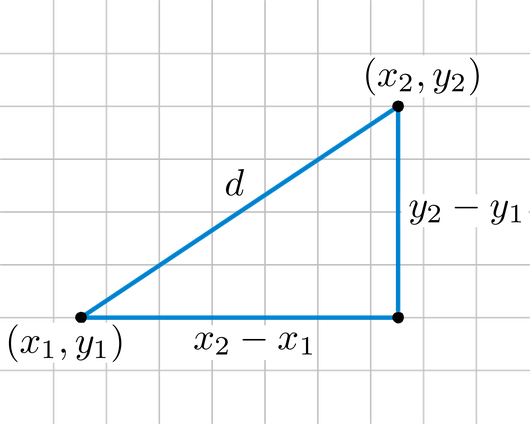
Euclidean or Eu·clid·i·an [yoo-klid-ee-uh n] ExamplesWord Origin adjective
- of or relating to Euclid, or adopting his postulates.
Origin of Euclidean 1650–60; Latin Euclīdē(us) of Euclid (Greek Eukleídeios) + -an Examples from the Web for euclidean Historical Examples of euclidean
He acted as if he had demonstrated a Euclidean proposition flawlessly.
Gordon Randall Garrett
He constructed every one of his later speeches on the plan of a Euclidean solution.
Various
In elementary geometry, however, the Euclidean idea is still held.
David Eugene Smith
He returned the proof, saying that he could not accept any of it as elucidating the exact area of a circle, or as Euclidean.
The Life and Letters of Lewis Carroll
Stuart Dodgson Collingwood
The proof itself is borrowed, with slight alterations, from Cuthbertson’s “Euclidean Geometry.”
The Life and Letters of Lewis Carroll
Stuart Dodgson Collingwood
Word Origin and History for euclidean Euclidean adj.
1650s, “of or pertaining to Euclid,” from Greek Eukleides, c.300 B.C.E. geometer of Alexandria. Now often used in contrast to alternative models based on rejection of some of his axioms. His name in Greek means “renowned,” from eu “well” (see eu-) + kleos “fame” (see Clio).
euclidean in Science Euclidean [yōō-klĭd′ē-ən]
- Relating to geometry of plane figures based on the five postulates (axioms) of Euclid, involving the derivation of theorems from those postulates. The five postulates are: 1. Any two points can be joined by a straight line. 2. Any straight line segment can be extended indefinitely in a straight line. 3. Given any straight line segment, a circle can be drawn having the line segment as radius and an endpoint as center. 4. All right angles are congruent. 5. (Also called the parallel postulate.) If two lines are drawn that intersect a third in such a way that the sum of inner angles on one side is less than the sum of two right triangles, then the two lines will intersect each other on that side if the lines are extended far enough. Compare non-Euclidean.
 Liberal Dictionary English Dictionary
Liberal Dictionary English Dictionary